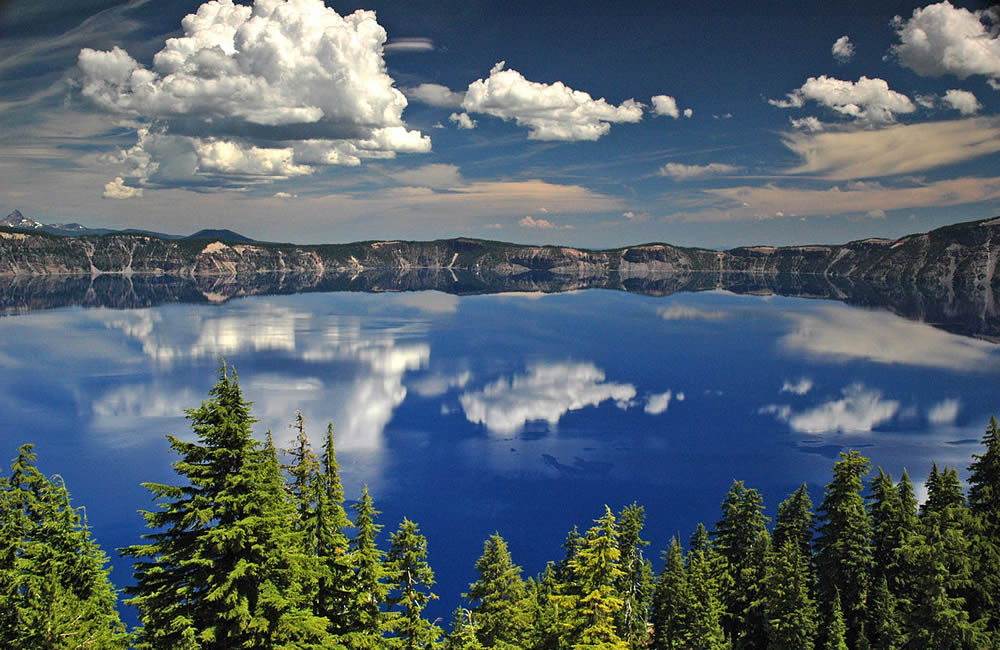
Crater Lake Vortex
-
Vortex Type: Energy
Vortex Type: Energy, Ley Line
Crater Lake is claimed to be a major intersection of Earth's global grid. Special healing clay is said to found there. Several powerful vortexes are claimed to exist around Crater Lake.
-
The Klamath tribe of Native Americans, who may have witnessed the collapse of Mount Mazama and the formation of Crater Lake, have long regarded the lake as a sacred site. Their legends tell of a battle between the sky god Skell and Llao, the god of the underworld. Mount Mazama was destroyed in the battle, creating Crater Lake. The Klamath people used Crater Lake in vision quests, which often involved climbing the caldera walls and other dangerous tasks. Those who were successful in such quests were often regarded as having more spiritual powers. The tribe still holds Crater Lake in high regard as a spiritual site.
Crater Lake is a caldera lake located in the U.S. state of Oregon. It is the main feature of Crater Lake National Park and famous for its deep blue color and water clarity. The lake partly fills a nearly 4,000 foot (1,220 m) deep caldera that was formed around 5,677 BC by the collapse of the volcano Mount Mazama.
On June 12, 1853, John Wesley Hillman was reportedly the first European American to see what he named "Deep Blue Lake" in Oregon. The lake was renamed at least three times, as Blue Lake, Lake Majesty, and finally Crater Lake.
Crater Lake is known for the "Old Man of the Lake," a full-sized tree that has been bobbing vertically in the lake for more than a century. Due to the cold water of the lake, the tree has been rather well preserved.
Resources
Image via Wikimedia Commons
Note: There is currently no scientific method to prove that vortexes exist. Just because a location is on the vortex map, does not prove there is a vortex there. What it means, is that someone suggested the location and provided evidence or a personal account, and/or we found corroborating evidence from other sources. We do this so other visitors to the site can send us their opinion on the validity of the vortex claim, to build a consensus.
Have you visited this location? If so, contact us and let us know if you think this place is a vortex or not. We will post your comments here.